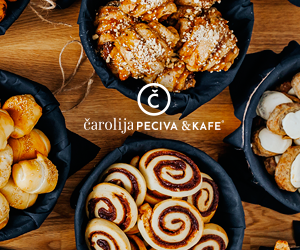Gold into Gold – A Translator’s Art
A translator of literary works is the first interpreter and analyst of each work that enters a new language. It falls upon them to perform an incredibly demanding and often under-appreciated task of re-creating the created within a new culture. A translator’s ear has to grow attuned to delicate nuances of meaning, their feet and hands have to find the elusive tempo of each sentence, and they have to understand getting in that their work will never be good enough. Because, how does one transform the sound of rain into the patter of children’s feet? Or an African drum into a tambourine? The two languages a translator has a duty to, are often as widely apart as any one wild comparison a person could make. Yet the translated work, ideally, has to flow in the new language in a similar fashion as it did in the original, even though the systems are completely different.
The first step is the reading. Not of the novel or story one is about to translate, but the years of reading in both languages that are the preparatory exercises of the mind. This is just to acquire the tools, and a translator’s tools are slippery, they have multiple forms, meanings and connotations. The second step is learning how to hold them, then use them with ease and, if possible, grace. The learning curve is steep and never-ending. The third step is the hardest – it is the hard toil of trial and error. It is the moral responsibility towards the reader that has to be honed to a shining, razor-sharp perfection, which always seems to be just one beautiful mirage away.
And then comes that one specific text a translator has been waiting for. This text, in its original form, becomes the air a translator breathes, a highly rarefied air to last until the work is done. And slowly, carefully, with infinite respect, a translator will peel away the layers of word, meaning, structure, character, setting, voice and movement, hold them against the light, inspect them patiently and lovingly, and begin anew the alchemist’s magic of transformation – only in this case, the trick is even more impossible – of turning gold into gold.
As every act of worthy creation, translation is messy, frustrating, painful, daunting, imperfect – and wonderful. See a translator surreptitiously observing the faces of their readers; watch them follow every movement of the head, search in fear for a frown on those happily concentrated faces, sigh with relief and a hint of pride at the curving of lips in the special smiles a good book brings. If we are very lucky, if we are very good, we make that happen.





